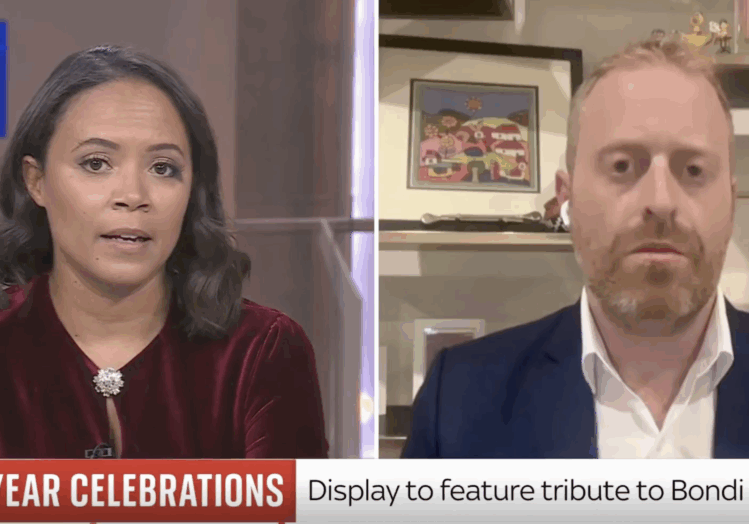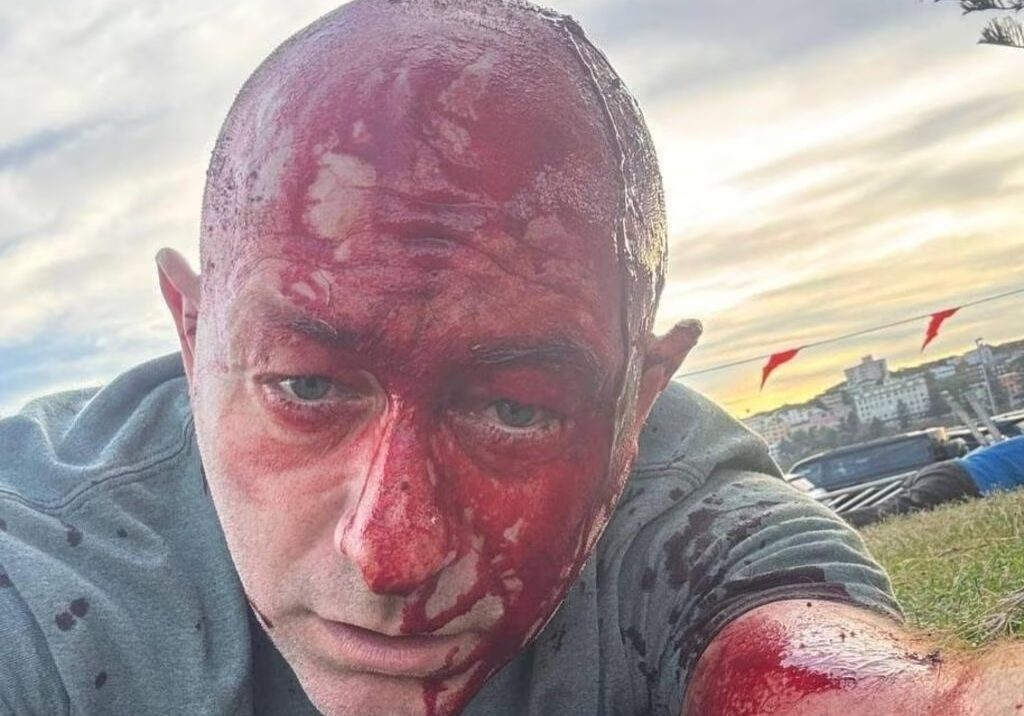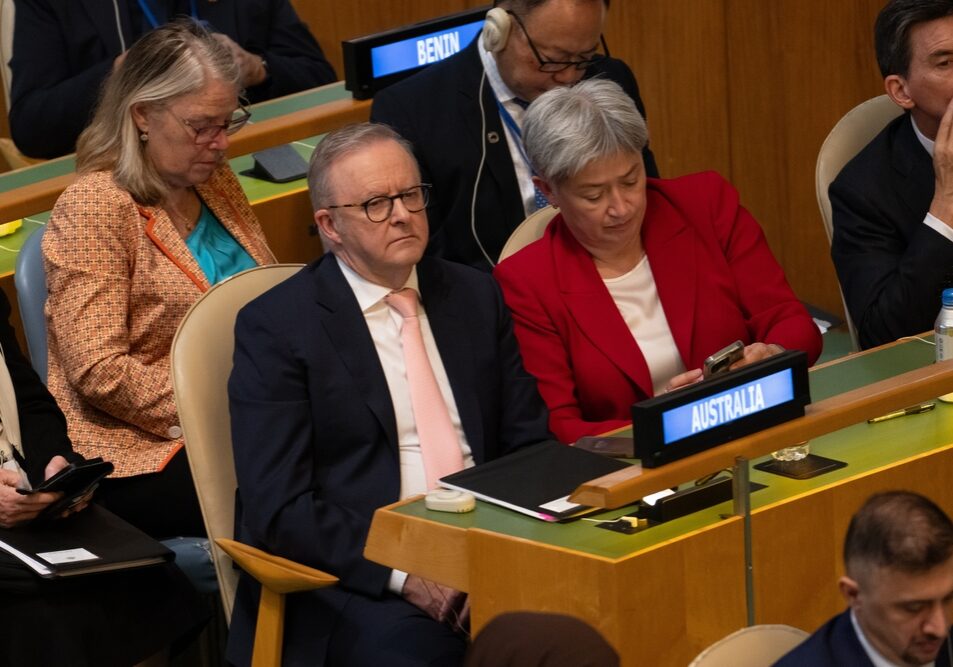Australia/Israel Review
Personal stories from a day of horror
Nov 2, 2023 | Ahron Shapiro
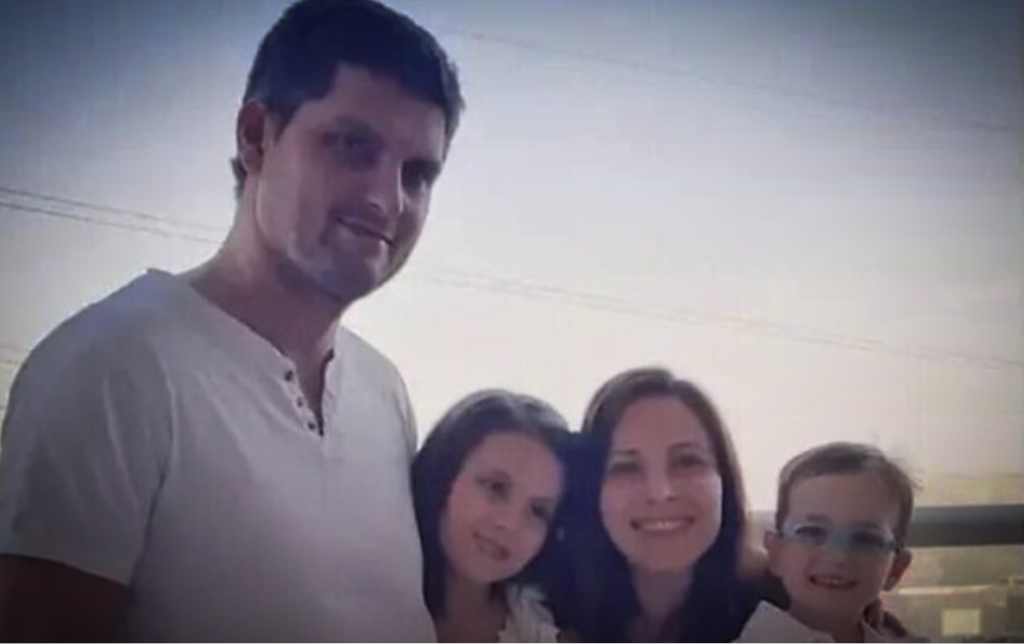
Hamas’ surprise invasion, involving more than 2,500 heavily armed terrorists from the Gaza Strip infiltrating southern Israel, began at approximately 6:30 am on October 7.
These terrorists entered 22 Israeli towns and villages and massacred more than 1,400 Israelis and others, injuring thousands more, while at least 220 people were taken hostage into Gaza. As it occurred on both a Sabbath and a Jewish holiday, perhaps it was inevitable that the Israeli media has come to refer to the day as “Black Shabbat”.
Many of the corpses showed signs of torture and rape, while reportedly hundreds more bodies were either so badly mutilated or burned beyond recognition that they are requiring forensic tools for further identification. Some may never be identified.
It was a bloodbath so heinous that, as the Australia/Israel Review goes to press, the final death toll has yet to be determined. Meanwhile, as a result of the slow process of identifying some of the dead, the exact number of Israelis currently held in Gaza, and their identities, also remain unclear.
This catastrophe stands alone in Israel’s history in terms of loss of life inside Israel’s borders. Previously, the largest number of Israelis killed in a single terror attack was 38, perpetrated by 11 PLO terrorists in the 1978 Coastal Road Massacre.
Given the scope of the event, it would be futile to try to tell even a fraction of the myriad human stories that made up the horror of October 7 for the inhabitants of those 22 Israeli communities. However, below are just a few glimpses into some of their experiences grouped into four categories: the massacred; the abducted; the heroes; and a final brief note about survival and hope.
The Massacred
In a widespread terror attack where more than 1,400 people were killed, it’s difficult to choose which stories should take precedence. However, it makes sense to begin with the massacre at the all-night Supernova Music Festival – the place where the single largest number of people were murdered, and one which stands out for the cowardice and barbarism on display by the marauding terrorists.
Out of approximately 3,000 attendees at the festival, some 260 were slaughtered by Hamas jihadists, who bore down on the festival site in ISIS-like pickup trucks that covered the distance from the perforated border fence in just seconds, and in motorised paragliders. There were widespread reports of torture and brutal rape carried out over several hours, and countless victims were wounded, kidnapped or both. Unlike in a kibbutz or city, nobody had access to weapons or was in a position to defend themselves, except for a small number of ordinary police on site for crowd control.
Almost everyone who tried to escape by car was gunned down after Hamas blocked the road and strafed the cars caught in the ensuing traffic jam. The only place to hide for many fleeing concert-goers was a nearby wooded area, though many were hunted down and mercilessly murdered there, too.
Gad Liebersohn, 21, told JTA: “For two hours I’m hiding and hearing people getting kidnapped and women getting raped, and without end you hear people dying, begging for their life, women begging for their life. And you can’t make a sound, because they’ll find you too, kidnap, kill you too.”
Elsewhere, entire families lost their lives to their bloodthirsty killers.
All four members of the Kapshiter family were shot dead in their vehicle while returning from Park Ashkelon to their home in the Negev town of Dimona. Parents Dina and Evgeny and their children Aline, eight, and Ethan, five, had spent the Simchat Torah holiday on a camping trip, according to the Times of Israel, as a treat for Ethan’s birthday. At the time of Hamas’ terror infiltration, a barrage of rockets was used as cover. The family heard the sirens and made the sensible decision to pack up their tent and head home – unfortunately, their route took them straight into an ambush.
Similarly, other families were almost completely wiped out.
At Kibbutz Kissufim, Itay and Eti Zak and their 15-year-old son Sagi were burned to death by Hamas terrorists while taking refuge in the bomb shelter of their home. The only surviving member of the family, eldest son Hadar – who was out of town at the time – told the Washington Post that his little brother “was everything” to him, adding with a sunken gaze, “It’s a living hell. That’s what I feel right now.”
When terrorists infiltrated Kibbutz Nahal Oz, Ariel Zohar, 12, had been out jogging and sheltered from the attack in a separate building from the rest of his family. His parents Yaniv and Yasmin, his sisters Tehelet and Keshet, and his grandfather Haim Livne, whom they were visiting, were all murdered.
Even the elderly and disabled weren’t spared.
Carmela Dan, 80, and her 12-year-old granddaughter, Noya Dan, who was on the autism spectrum, were initially reported as missing from Kibbutz Nir Oz and there was initially some hope that they had been kidnapped, as so many others in the community were.
When a photo of Noya, dressed up as a Hogwarts student and holding a copy of a Harry Potter book, found its way to author J.K. Rowling, she tweeted her support for Israel and for Noya’s safe return. Unfortunately, their remains were eventually identified.
“My grandmother had a full life,” Shmuel Harel wrote on Facebook about 90-year-old Jina Semiatiz of Kissufim, who he said still kept busy in the kibbutz’s children’s house, as well as in the local small grocery store. “We spoke to her [on the morning of the attack], she said she was in the reinforced room hiding and afraid.”
Hamas terrorists pulled her out of the room and put a bullet in her head.
Finally, while Israeli Arabs weren’t especially targeted in Hamas’ attack, they were shot on sight apparently as “collaborators” all the same. Ynet detailed the sad fate of Osama Abu-Madigam, a farmhand on Moshav Mitvahim. When confronted, Abu-Madigam addressed them in Arabic but the terrorists dismissed him as “more Jewish than a Jew” before killing him and critically wounding Abu-Madigam’s five-year-old son Attallah. Israeli Arabs suffered 21 dead on October 7. Nine still remain missing, including a father and his three children.
The Abducted
While Hamas attempted to take hostages wherever they attacked, Kibbutz Nir Oz, more than most other communities, was seized quickly by the terrorists before the IDF could respond.
For this reason, I have chosen to focus on three cases of kidnappings at this kibbutz, a place where Hamas had the time and opportunity to be selective about who they killed and who they kidnapped. Their choice of hostages says volumes.
Shiri Silberman-Bibas (30), Ariel (4) and Kfir (10 months)
What more can be said about a mother who was kidnapped together with her toddler and infant sons on a video that has been aired on news programs worldwide?
“I can only hope they’re together,” Shiri’s cousin Yifat Zailer told CBS News, in one of the many interviews her relatives have given since the kidnapping. “I hope they didn’t separate her from her children. I hope.”
She tearfully added, “I try not to think about the worst, this is the only thing that keeps me going. But every day that goes by…”
Yaffa Adar (85)
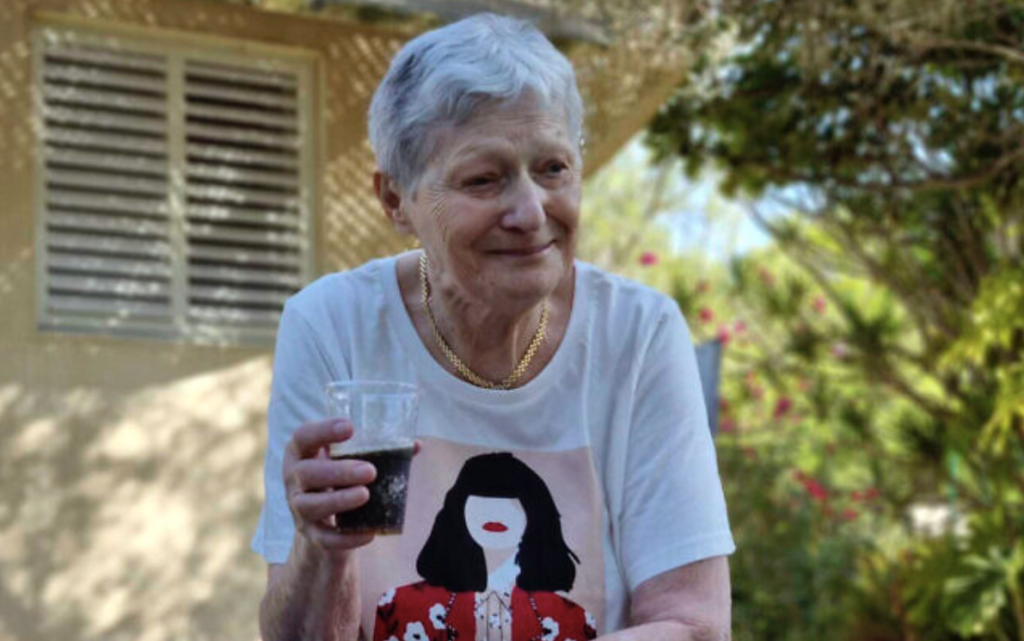
Yaffa Adar
Her granddaughters Orian and Edva wrote in Yedioth Ahronoth: “Our grandmother is an amazing, sharp and brilliant woman, who loves her family and this country very, very much. She lived in the kibbutz for about 60 years, since our father was a child.”
They added, “Apparently, the whole country found out that she was kidnapped before us, because we only saw the video in which she appears [many hours after it had been posted]. It finished us to see her like this, and to know that she is going through this hell. Then the race against time began – because our grandmother has no time, she has no time for wars and deals. If they don’t bring her back today – now – she will come back dead.”
Ofer (50), Sahar (16) and Erez (12) Calderon

Ofer, Sahar and Erez Calderon
Ofer, his daughter Sahar, and son Erez are relatives of Carmela and Noya Dan, who were among the murder victims from the kibbutz (see above). Of the three missing members of the Calderon family, only Erez has been spotted alive in a Hamas video posted to social media, apparently taken in Gaza.
Sahar and Erez’s older sister Gaia, who was in Tel Aviv at the time of the attack, said at a press conference, weeping uncontrollably: “They took half my family. My little 12-year-old brother Erez… He was born 12 years ago. He hasn’t had time to live.”
The Heroes
Israel’s police force, which had taken damage to its reputation in the face of rising violent crime in the country in recent months, redeemed itself on October 7, according to recent polls. Fifty-eight members of its ranks lost their lives in the line of duty on that day. In many cases, those officers were already on the job when the terrorists arrived, making them the outmanned and outgunned first responders to the terror onslaught. In other cases, they sped into the danger zone independently of the IDF in a valiant attempt to meet the threat.
One such hero was Chief Superintendent Avi Amar, a senior officer in the Yoav unit of the southern district and father of six. He was shot dead by terrorists while defending Kibbutz Be’eri. Earlier that morning, Amar and his squad of officers battled terrorists in Sderot, Kfar Aza and the roads in-between. At Kfar Aza a photo was taken of Amar comforting a soldier.
Commander M. from Yoav’s unit told Yedioth Ahronoth: “During the fighting, a soldier came to us from Kfar Aza and broke down crying [from the shock of seeing the atrocities]. Avi immediately knelt down on the road, hugged him and said to him: ‘Don’t worry, we’ll get through this, I’m watching over you.’” Amar was killed shortly afterwards.
Meanwhile, the IDF has reported 308 soldiers, officers, reservists and civil defence volunteers killed in fighting since October 7. It has not released information about any IDF personnel potentially held captive in Gaza. Stories of heroic and selfless sacrifice among these ranks abound.
Corporal Matan Abergil, a member of a Golani infantry regiment, was travelling in an armoured personnel carrier in Kibbutz Nir Am when terrorists lobbed a grenade inside. Abergil saved the lives of six comrades by using his body as a shield. According to the survivors, Abergil’s last words were “I tried to do everything to protect the people of Israel.”
In Kibbutz Nir Oz, where terrorists killed at least 25 people and 75 are missing and presumed kidnapped, Eran Smilansky, a potato farmer and civil defence volunteer, killed six terrorists and wounded two more.
“I was so afraid to shoot,” Smilansky told Ynet, “because I was afraid they were IDF soldiers. They were disguised – their commandos looked like our naval fighters. A terrorist opened the door, looked at me, and then I shot him in the chest… I jumped out of hiding and shot another one as well. They were hit but managed to escape and called for reinforcements. From a window I saw a squad of six terrorists arrive. I saw they had grenades and that they planned to bomb my house. I told myself I had no choice but to just open fire… I knelt down and just shot at them through the window, single shots but in rhythm. They fell one by one.”
Among IDF veterans, even former IDF Deputy Chief of Staff Yair Golan was credited for donning a uniform, checking out a rifle from an IDF armoury and using his own car to rescue survivors of Hamas’ attack on the Supernova music festival who had taken refuge in nearby farmlands.
“It’s an area I know intimately,” Golan told media afterwards. “I don’t need to navigate there with a map, and where I saw that it was okay to enter – where there was a certain, but not hysterical, risk involved, I went in and made my modest contribution.”
Back at Nir Oz, Yaron Maor, an ordinary civilian, initially hid with his wife and children in his home’s bomb shelter, but then decided to go out and fight. He ambushed terrorists with a handgun, killing at least two of them and wounded or killed two others after they broke into his home. He took cover twice from grenades before retreating to the bomb shelter only after arsonists began to torch his home.
He told an Israeli radio program that the terrorists had already withdrawn when help arrived.
“A Border Police anti-terror unit (Yamas) force [approached and] was sure that I was a terrorist. When I saw all the lasers on me, I shouted ‘Hear Israel, our Lord our God, our Lord is one’, [the Hebrew prayer Shema Yisrael] so that they would know that I was Jewish [and not shoot me].”
According to a Times of Israel story, nurse Michal Elon risked her life to save a wounded soldier. Visiting the IDF’s Zikim training base with her rabbi husband and eight of their ten kids to provide Shabbat programs for the recruits there, she and her family were taken into the large base shelter when the attacks began.
Hearing of a female soldier who had been shot in the face nearby, she left the shelter and attempted to begin treating her. However, a terrorist quickly found Elon, killed a soldier escorting her, and shot her through the arm, stomach, and chest. Elon nonetheless managed to make it back to the shelter, and hold out there until she could be evacuated to hospital. The wounded female soldier also survived.
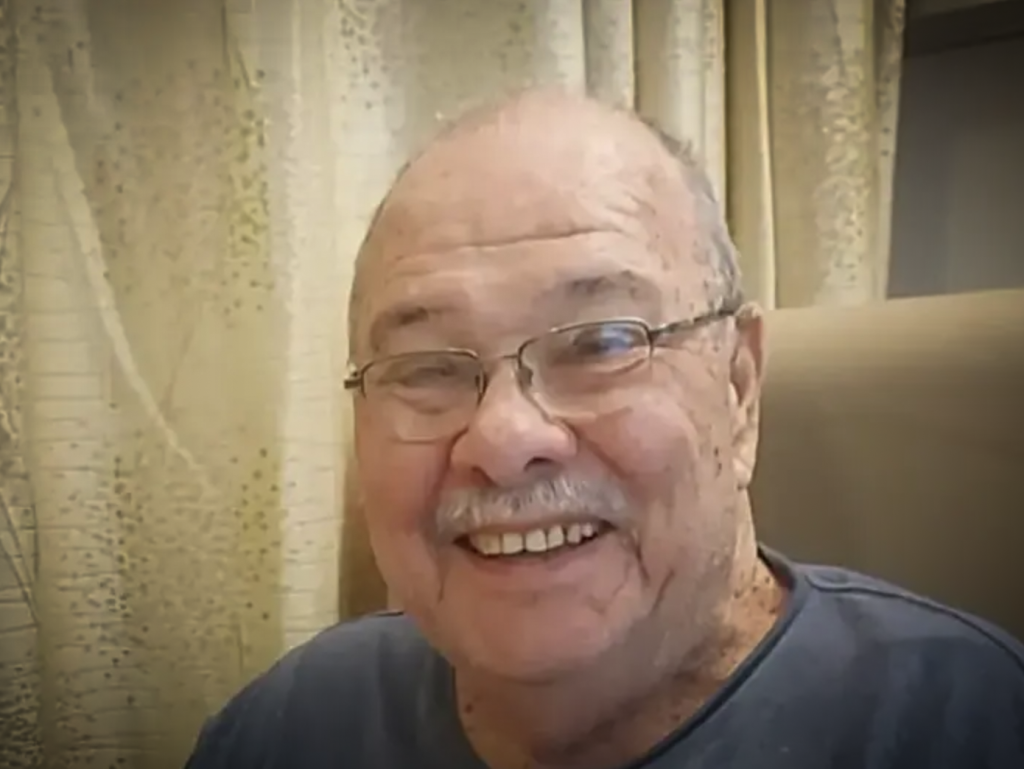
Shlomo Ron
Stories also emerged of people who sacrificed themselves to save their families. Shlomo Ron, 85, one of the founders of Kibbutz Nahal Oz, saved his wife, two daughters, his grandson and his nurse, who were all hiding in a bomb shelter. When it became clear to him that terrorists were hunting down everyone they could find, he made the decision to stay put in his favourite armchair, hoping that the terrorists would believe nobody else was home, shoot only him, and move on to the next house. This is exactly what happened. While relating the story to Ynet, Shlomo’s niece eulogised him as “a man of peace, of life and softness and beauty.”
Stories of survival and hope
For every Israeli who was killed, there were several others who were also attacked, who witnessed the carnage but somehow survived. A website, october7.org, has begun collecting, organising, and translating the stories.
Meanwhile Israeli society – which had been sharply divided politically before the attacks – has almost entirely set aside any differences and united behind the war effort through volunteering opportunities, donations and housing some of hundreds of thousands of Israelis displaced by the attacks.
As the Times of Israel reported on Oct. 22, “Around 15,000 Israelis have answered the clarion call of movements that metamorphosed overnight from activists against the government’s divisive judicial reform proposals to coordinators of a massive infrastructure to rescue and support fellow citizens in distress.”



